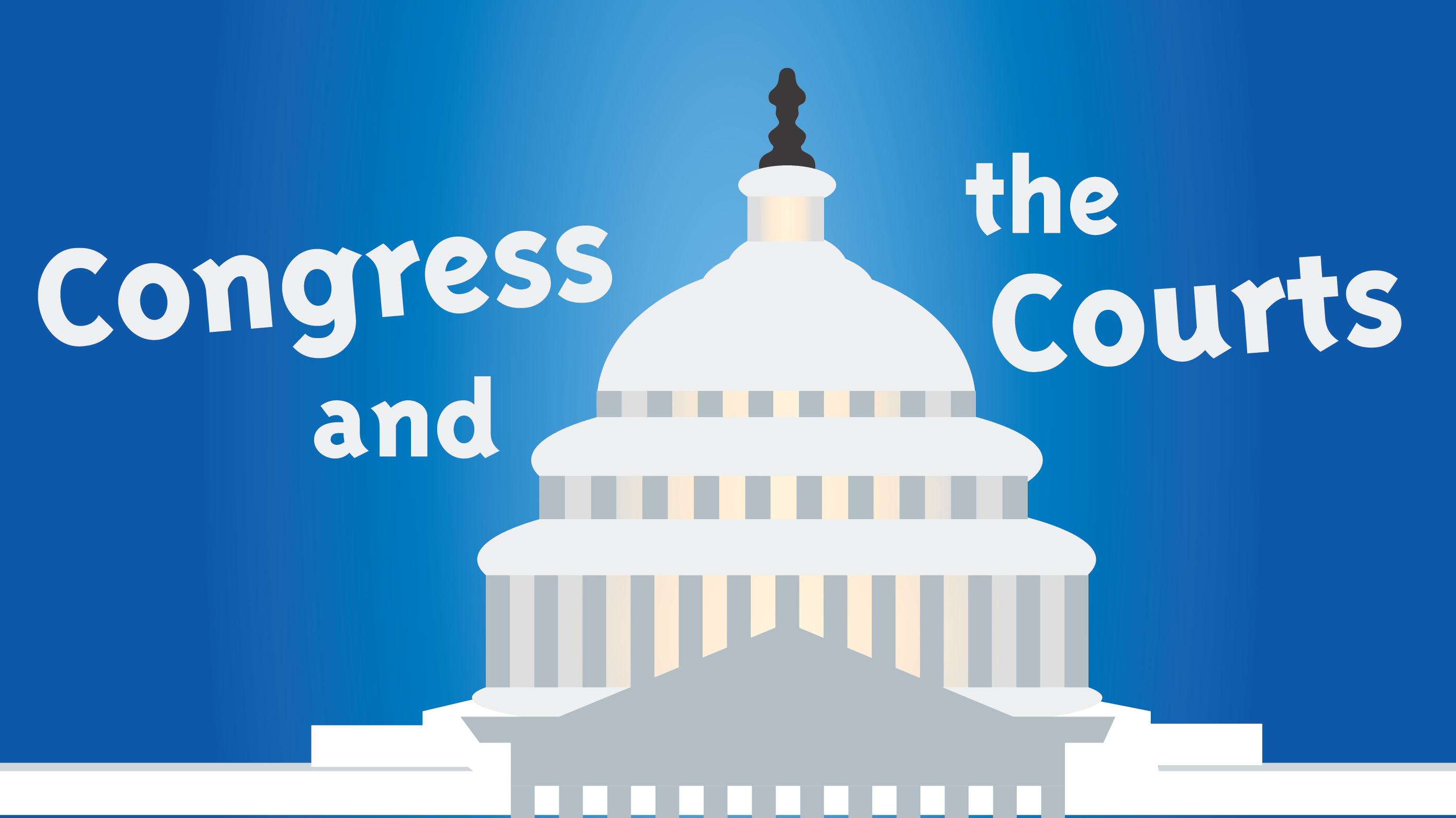
Biased districting in Pennsylvania
By: Connor McNairn, Columnist
The United States Constitution is riddled with vague language and a plethora of ambiguities, all of which complicate the collective interpretations of the document. The Constitution separates powers between the legislative, executive and judicial branches, each of which is tasked with making, enforcing and interpreting the laws, respectively.
But what happens when the legislature contests the way that the judiciary interprets a law? Which branch’s stance prevails in such a conflict?
While there is no clear and certain answer to this question, the current debates in Pennsylvania regarding the constitutionality of gerrymandering may establish a lasting precedent.
The case of importance – League of Women Voters of Pennsylvania v. Commonwealth of Pennsylvania – originated in June 2017 and concentrated on the constitutionality of partisan gerrymandering in the state. The plaintiffs (League of Women Voters) claimed that the state’s 2011 congressional map so blatantly favored the Republican Party that Democratic voters were deprived their Free Expression and Association rights enumerated in Article I of the state constitution.
The plaintiffs argued that the state’s overly partisan 2011 district design should be discarded for future use and that the Pennsylvania General Assembly, the body tasked with drawing district lines per the U.S. Census, should refrain from using political data (registration, affiliation, membership, etc.) when drawing maps in future, as this information could specifically harm particular groups of voters.
In January 2018, the Pennsylvania Supreme Court ruled in favor of the League of Women, finding that the 2011 district map was unconstitutional. Moreover, the court also ruled that the General Assembly submit a new district map by Feb. 15.
Naturally, the Pennsylvania legislature failed to submit a new district map within the three-week deadline, and in response, the court released its own district design, which was drawn by Stanford professor Nathan Persily. Because the court-issued map aims to increase political equality in the state, Republican lawmakers have repeatedly challenged the judicial act. After facing two U.S. Supreme Court rejections, Pennsylvania Republicans have taken their challenge a step further.
State lawmakers have actually moved to impeach the state’s Supreme Court justices. According to State Rep. Cris Dush, who is joined by a handful of Republican colleagues, the Pennsylvania Supreme Court waited far too long to release its opinion on the 2011 map design; in fact, while the lawmakers were given three weeks to redraw the districts, the court waited until two days before the Feb. 15 deadline to issue its official opinion.
What is more, the main thrust behind Dush’s impeachment push concentrates on the state Supreme Court’s supposed infringement of legislative processes. According to Dush and other Republicans, by releasing its own district map, the court fundamentally violated the Pennsylvania General Assembly’s right to draw and establish representative districts. To some Republican representatives, the Court unconstitutionally and unilaterally enforced a plan of action that ought to be decided by the legislature. But what institution ought to draw districts when the body originally tasked with the responsibility proves derelict?
While Dush and other Republicans maintain a strong stance on the issue, House Republican Leader Dave Reed argued that while the judiciary’s move is provocative and wrong, “disagreement over the outcome of any particular case should not be grounds for impeachment.”
Aside from establishing tremendous precedent with regard to the future of gerrymandering and state representation, this case questions what remains of political civility in an increasingly partisan republic. Thus far, few judicial decisions, both at the state and federal levels, have motivated impeachment proceedings. The Pennsylvania legislature’s reaction to the state Supreme Court is startling, and raises concerns about the separation of powers in American government.
If state legislatures can move to impeach justices from the state’s highest ranking judicial body, what integrity remains in the judiciary? For the state, navigating this particular case will prove difficult both legally and politically, and there is little doubt that such aggressive political and legal dissonance in the will ultimately challenge the very fabric of constitutional design. All should devote attention to this matter and recognize its potential implications.

